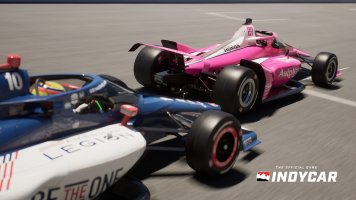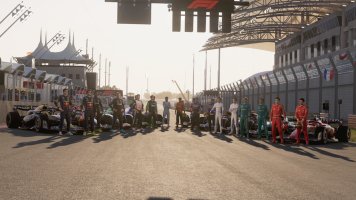RCHeliguy
Premium
These are 8pin, 16pin and 20pin connectors. Keep in mind that the number of inputs per plug is half the number of pins.
For a 64 input board ( before rotaries ) you could use the following connectors.
12 = 3 x 8pin
20 = 2x 20 pin
32 = 4 x 16 pin
The inside of the button boxes will have a snap fit mount for these connectors. I may want to make these mounts detachable in case I change the layout in a box. These might be good candidates for press in inserts.
I'll Probably use a Letter ( per button box) and number for each connector in each box.

For a 64 input board ( before rotaries ) you could use the following connectors.
12 = 3 x 8pin
20 = 2x 20 pin
32 = 4 x 16 pin
The inside of the button boxes will have a snap fit mount for these connectors. I may want to make these mounts detachable in case I change the layout in a box. These might be good candidates for press in inserts.
I'll Probably use a Letter ( per button box) and number for each connector in each box.
Last edited:












